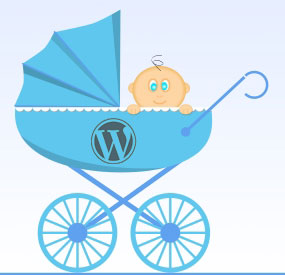When building my first WordPress child theme I ran into a road block pretty fast. The concept of building a child seemed fairly simple all you need to was make a style sheet and have it a folder within your themes folder. However in order for WordPess to pickup your child theme in the section of you install, your style sheet requires the following: Theme Name, Theme URI, Description, Author, Author URI, Template, Version, Tags, and Text Domain. If you get any one of these incorrect, your child theme will not work. This was the case for me, I knew I was very close but some reason I couldn’t get it just right. So I did what everyone does when they get stuck on something with WordPress, search for a plugin.

Picture from musepeep.com
It didn’t take long and I found one. One-Click Child Theme this plugin saves allot of time, all you have to do is install it. Then in the themes menu will have a new submenu called “Child Theme”. Clicking on that will give you a form that will allow you to make a child theme based on the current active theme. So you will have to theme you want to make a child theme active. This is how built the Catch Kathmandu child theme. So once you choose this, the plugin will build the style sheet for you and setup the file structure. Then all you need to is add your custom css to the style sheet, build custom page template, or do whatever is you wanted to do to customize the theme.
The best reason for building a child theme is because, you will be able to customize the theme to your liking. Then not have to worry about changes being lost in the next theme update. If you have any questions please feel free to comment below or reach to me through social media.

 Some make basic things about it out. In order for it work you of course have to the
Some make basic things about it out. In order for it work you of course have to the